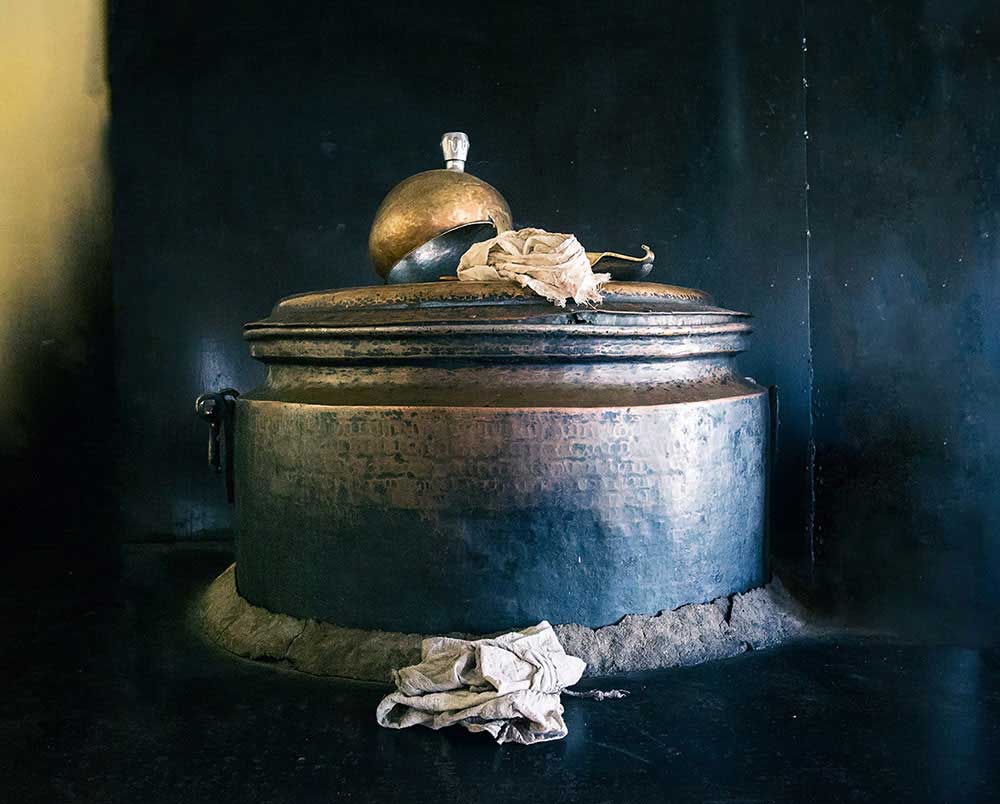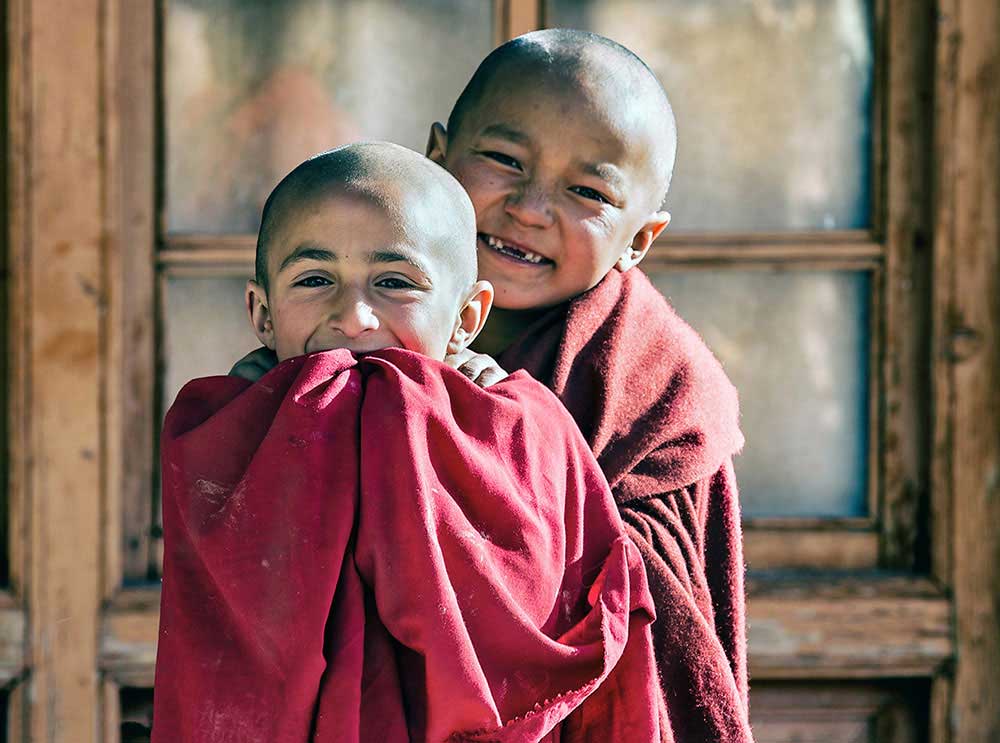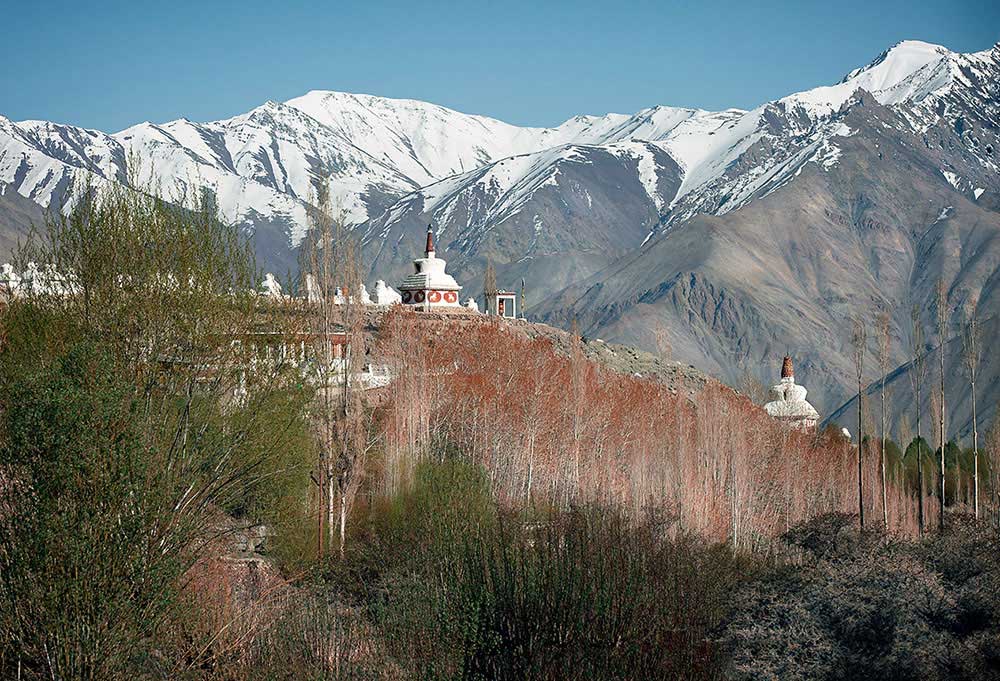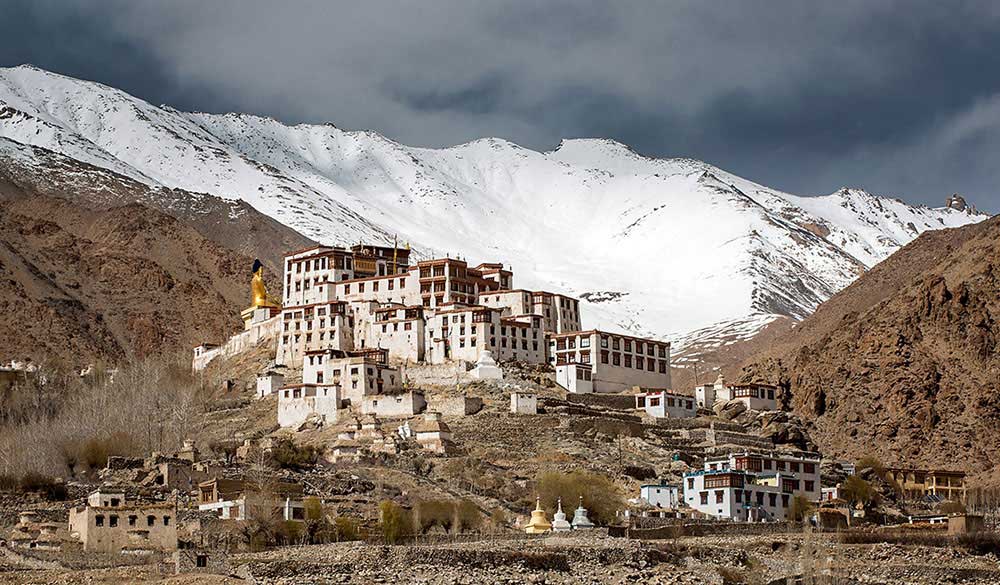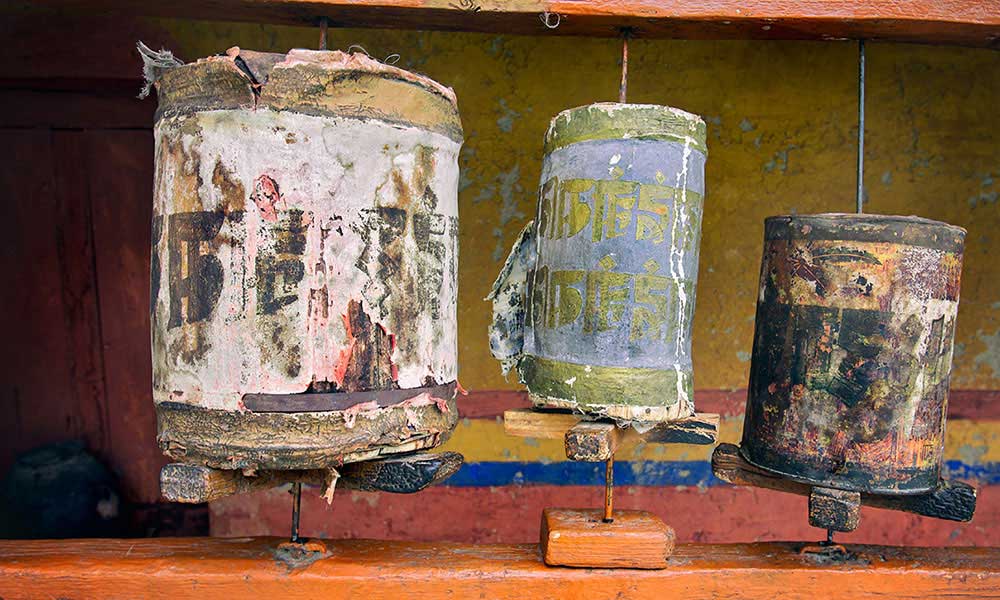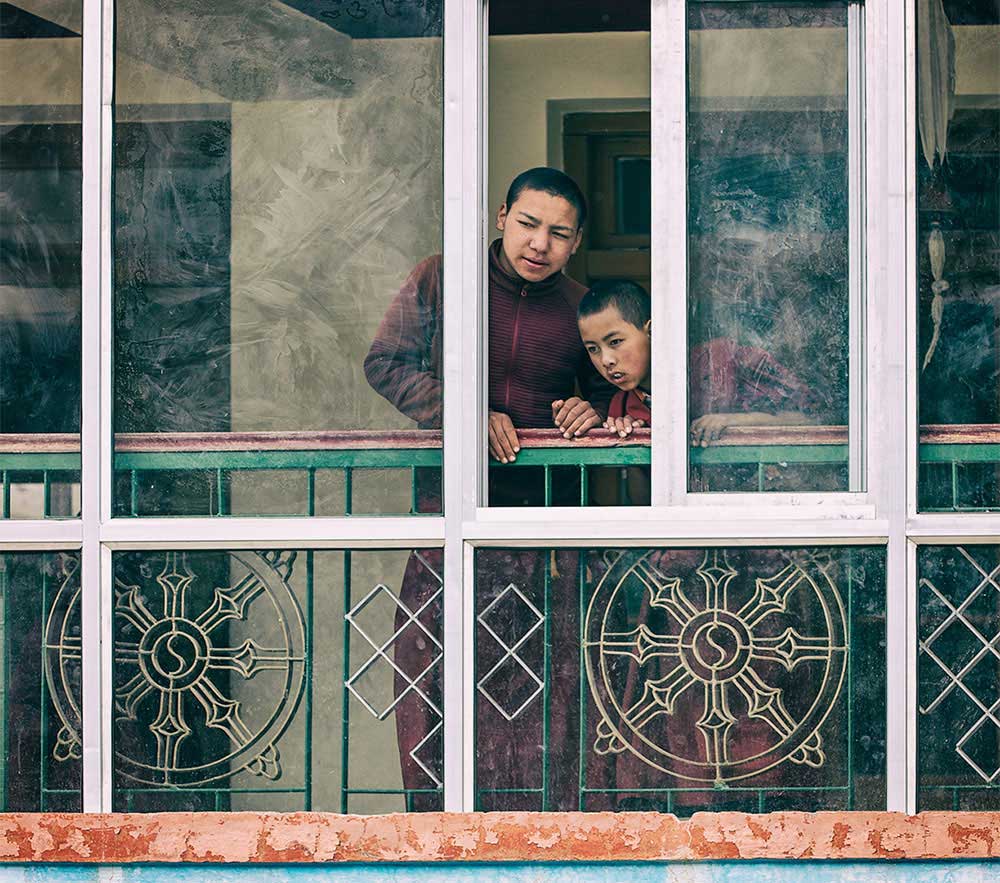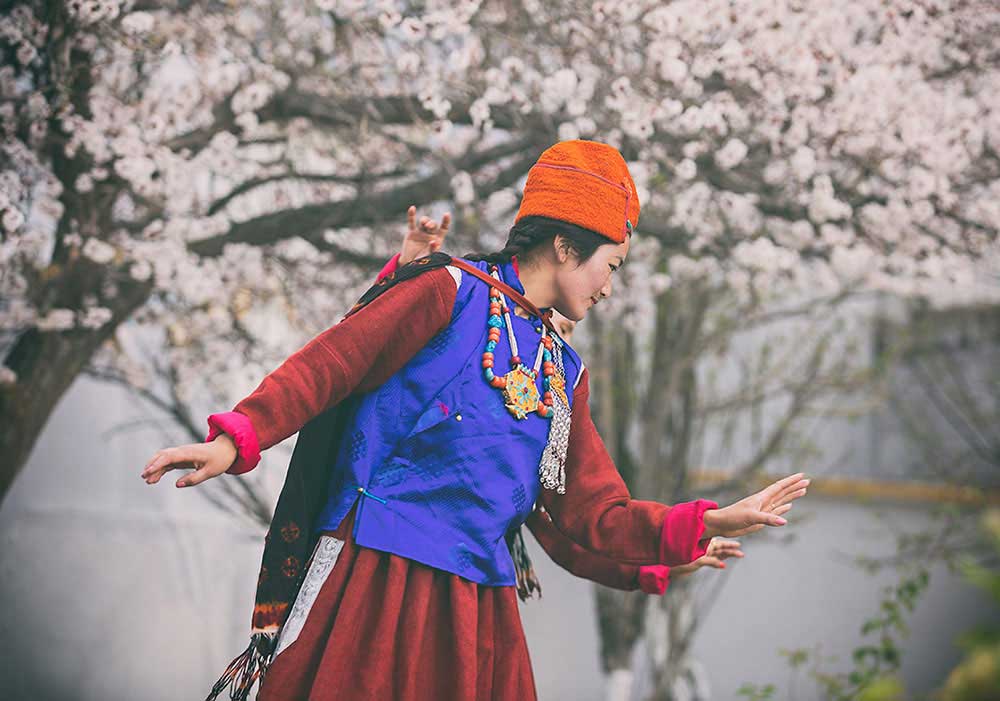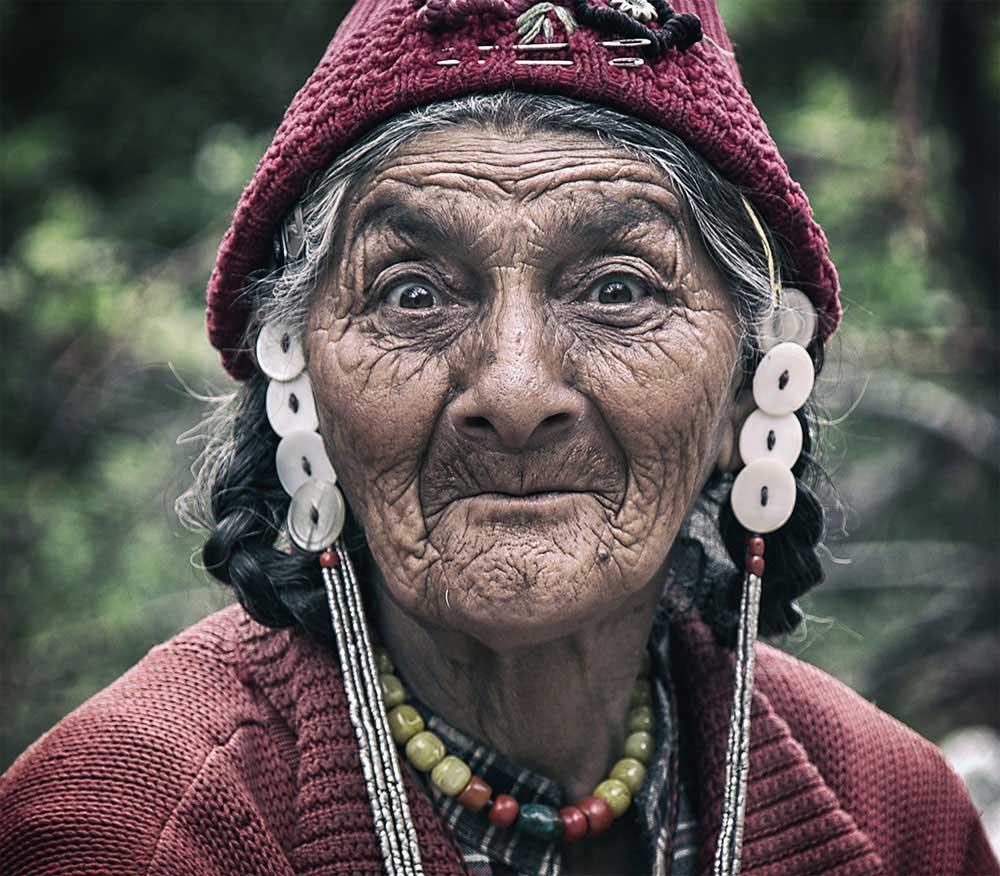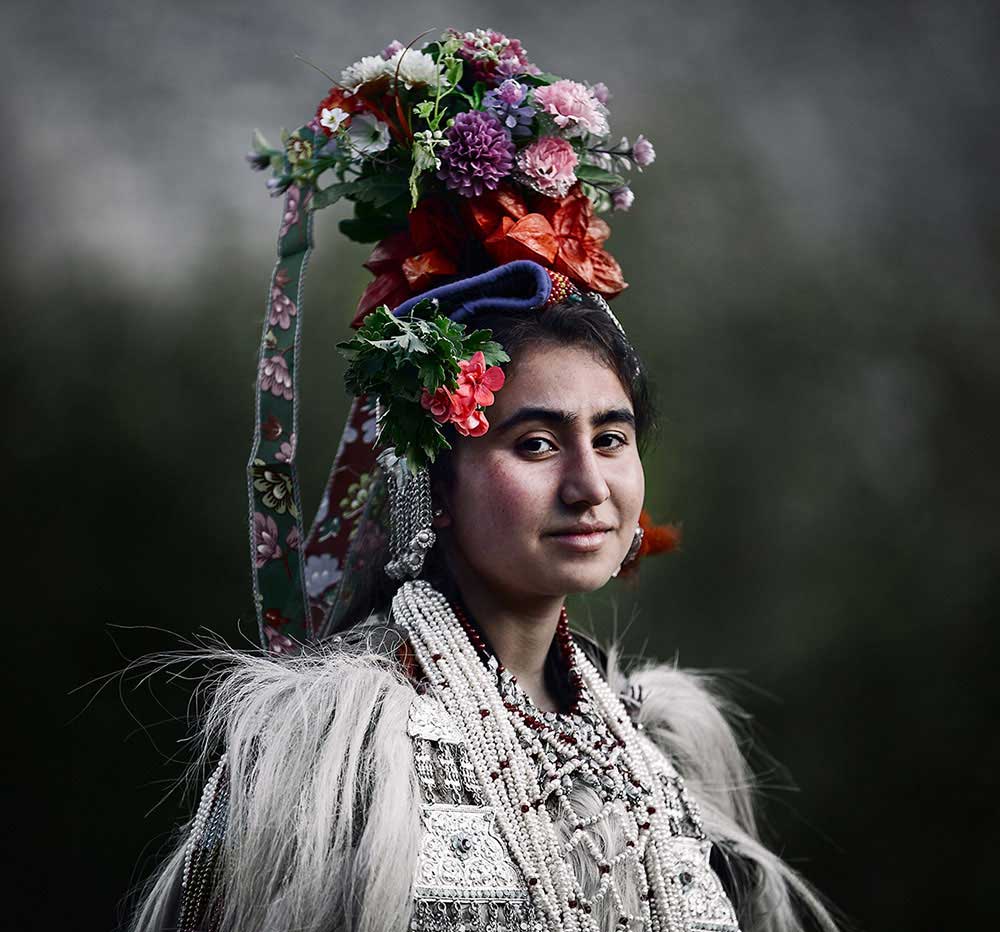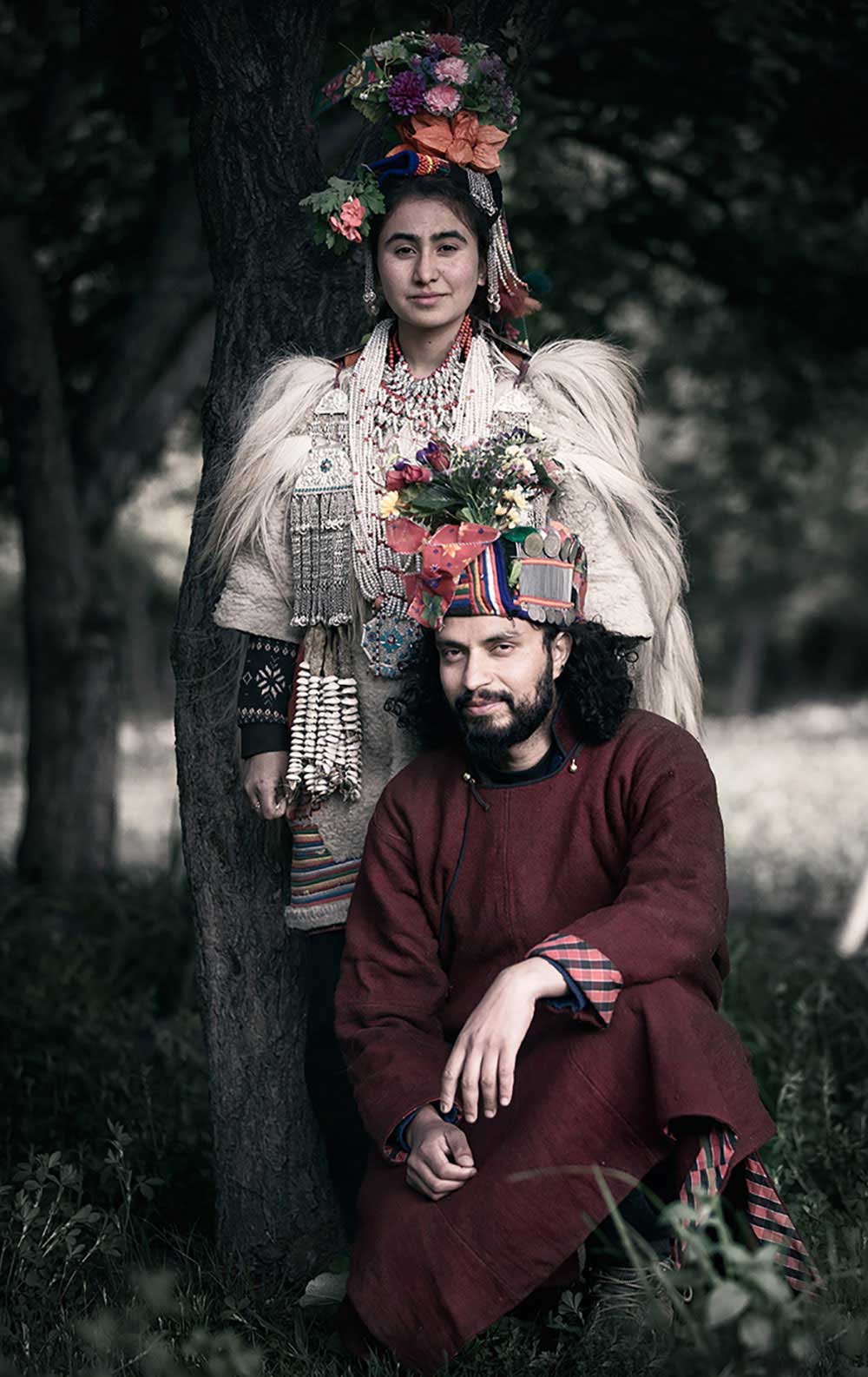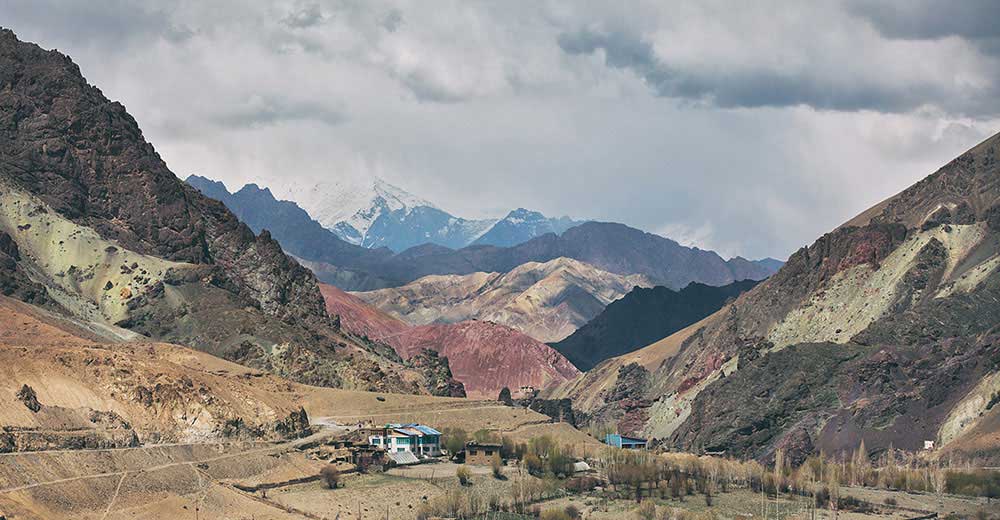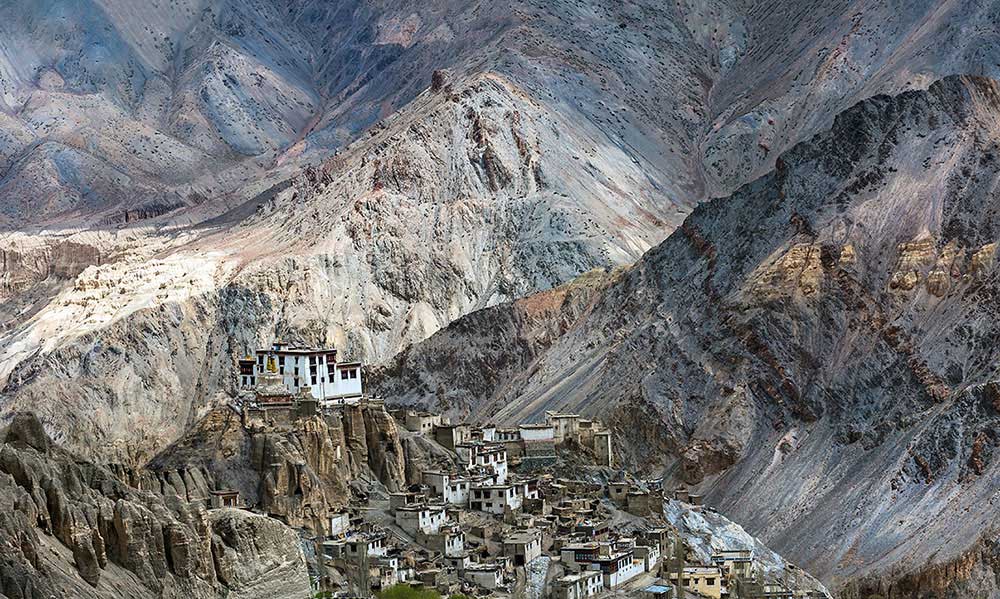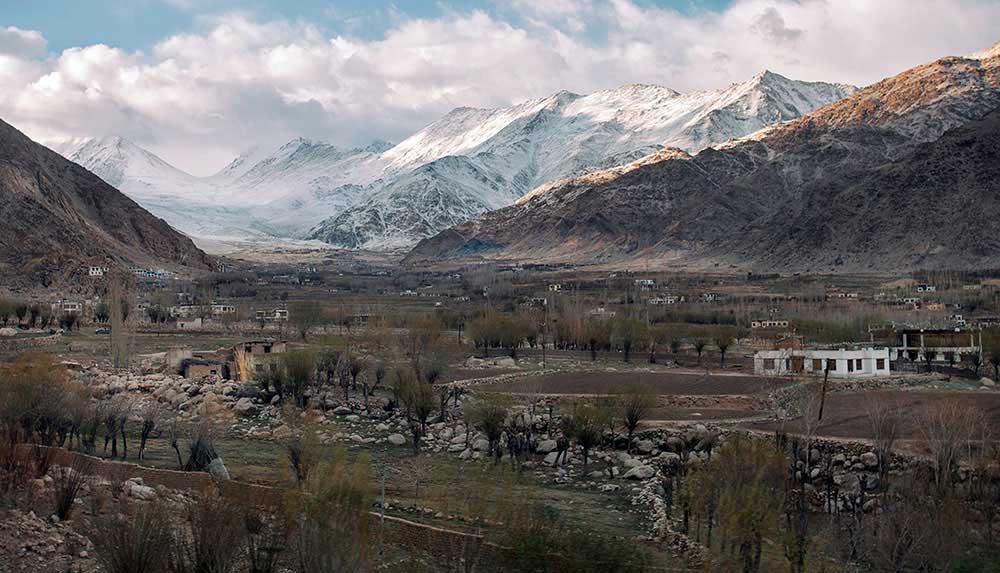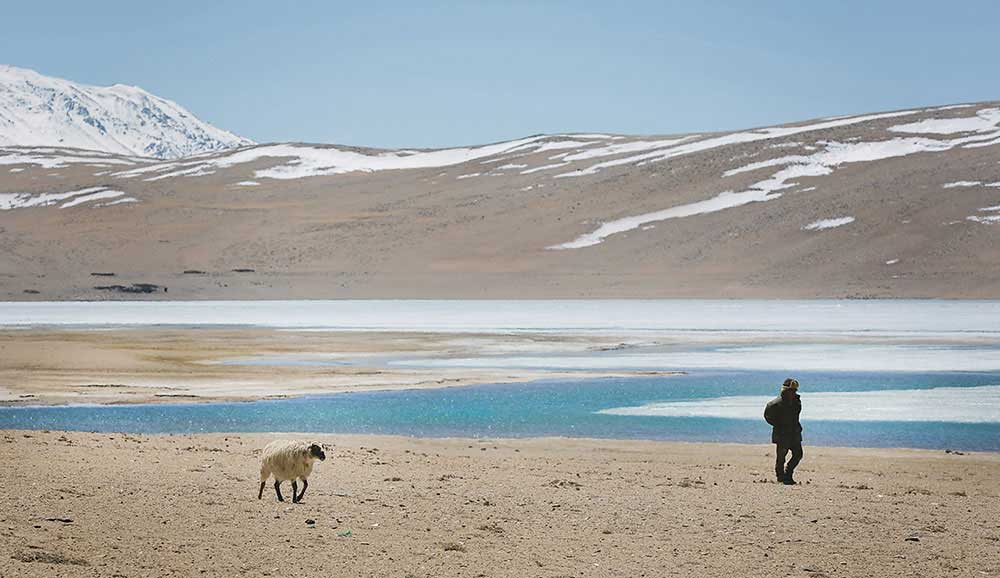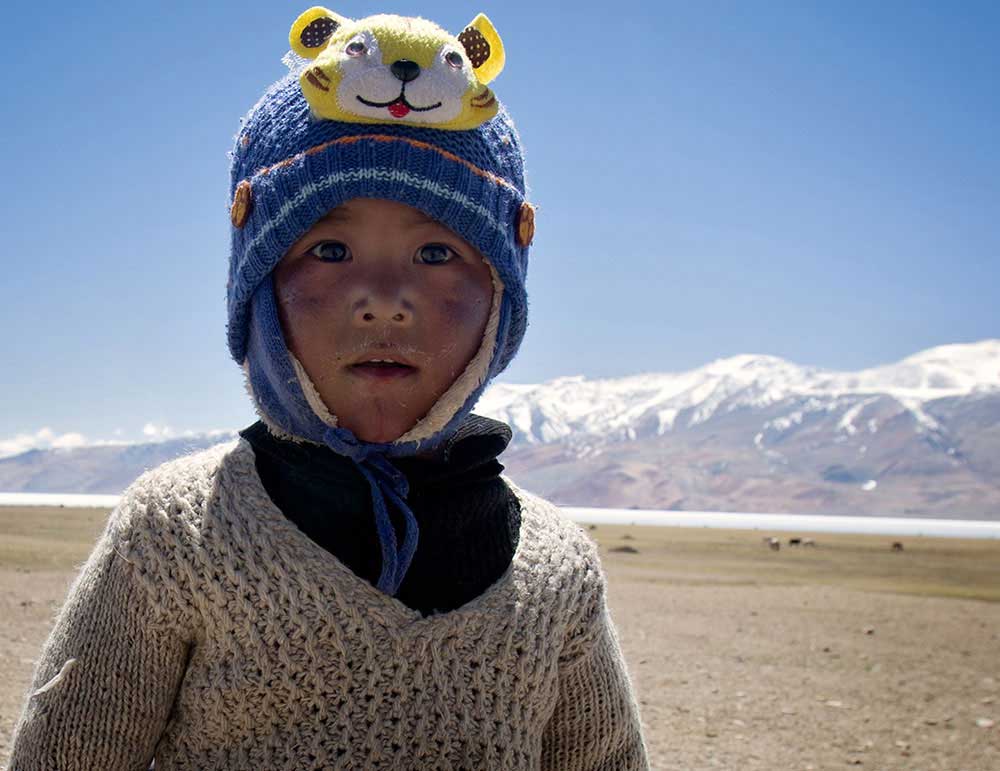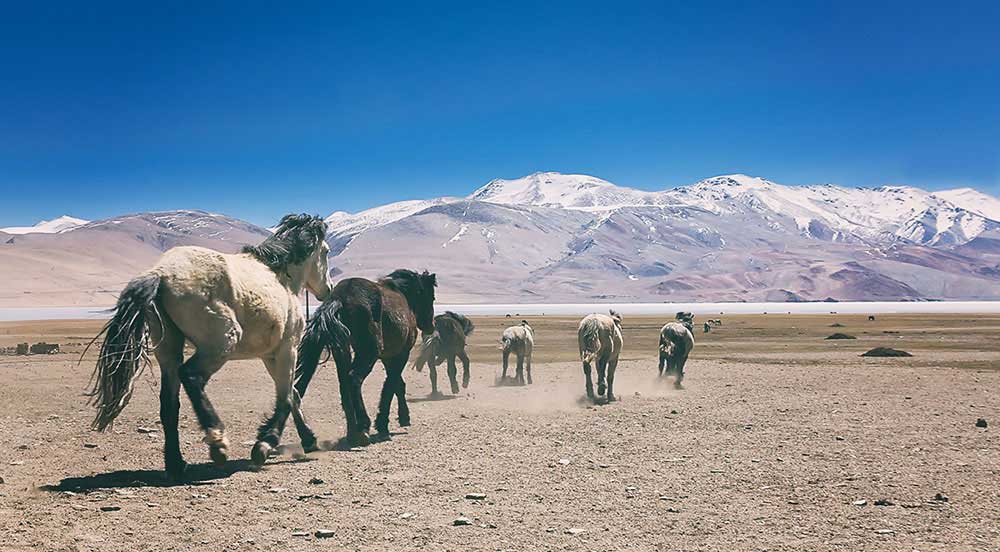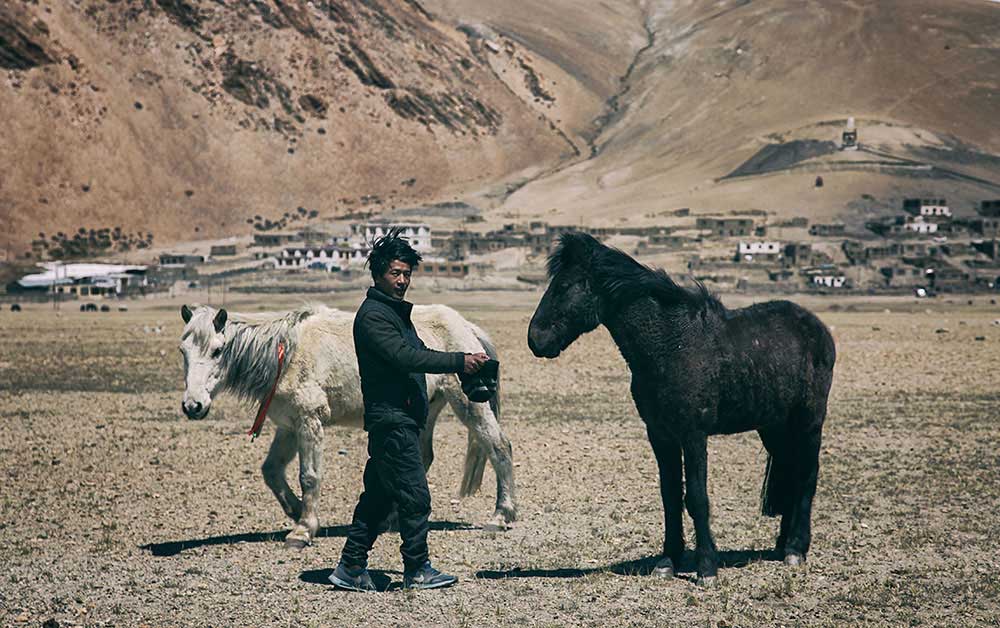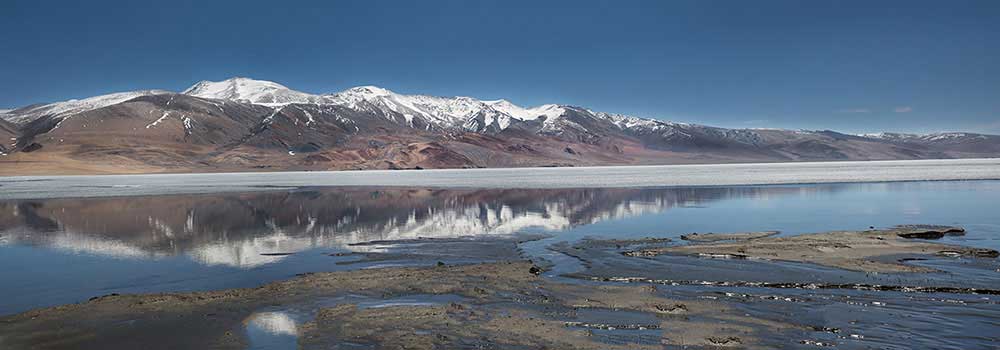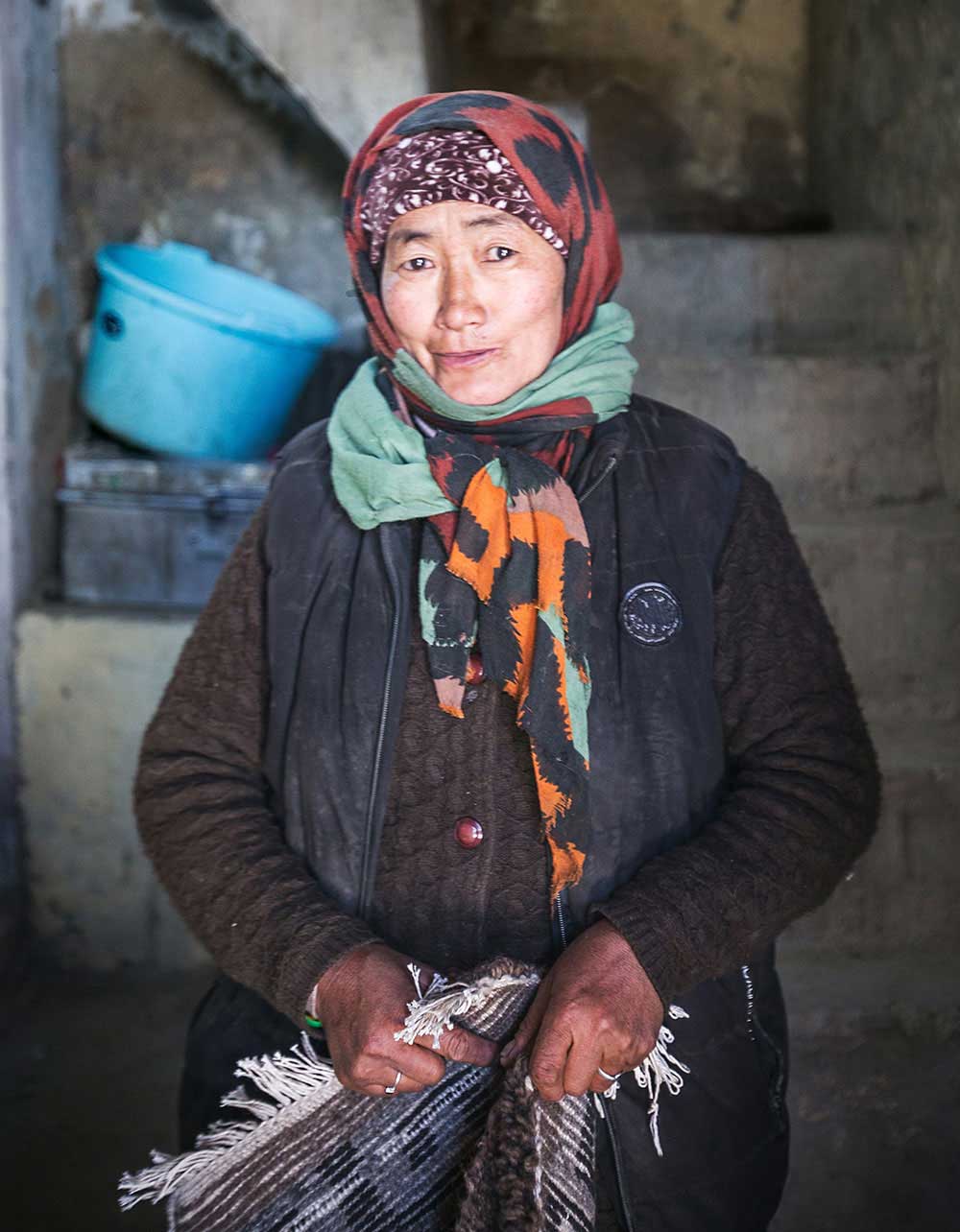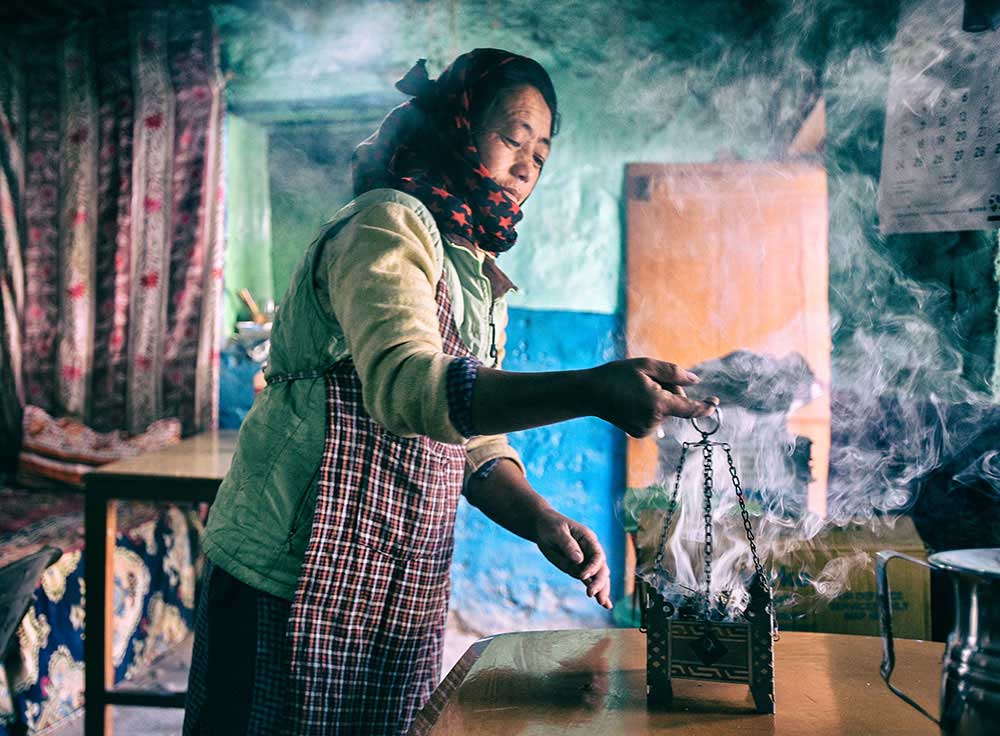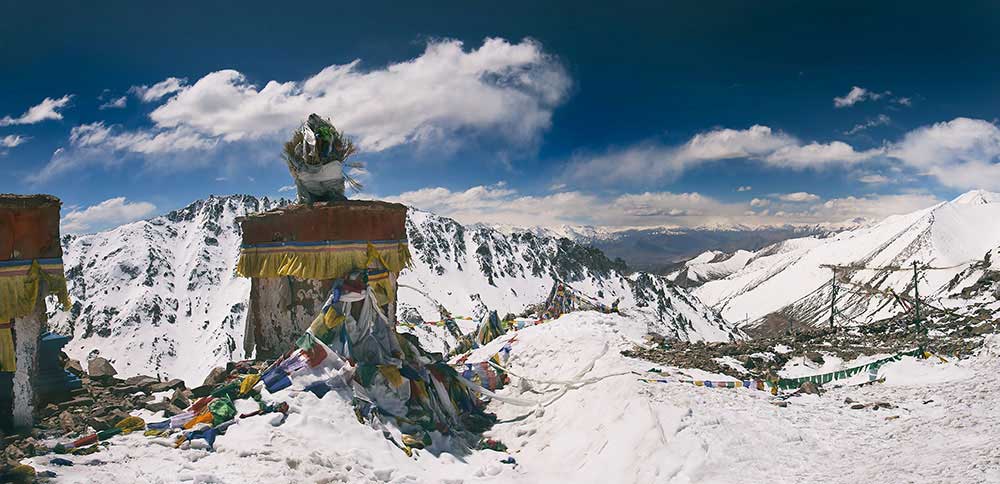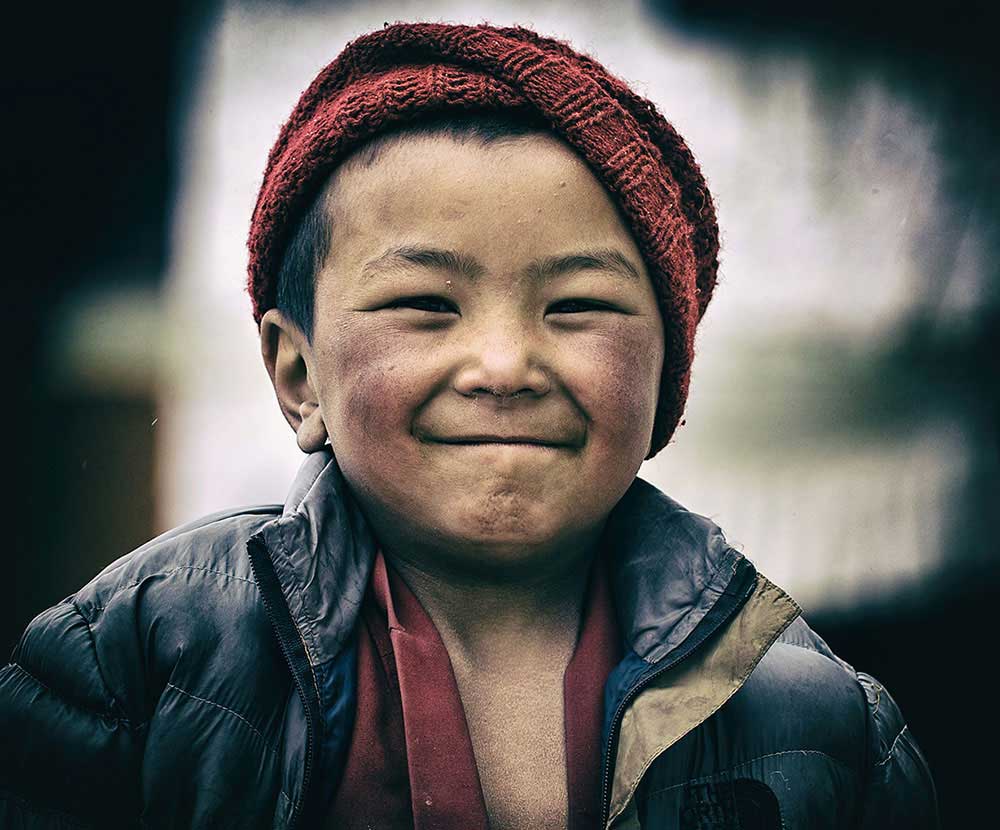Ladakh | Land of High Passes
Ladakh, heaven on earth, known by many names reflecting both the natural beauty and close relationship with Tibet, Ladakh is called the «Land of High Passes,» in the Tibetan and Ladakhi language, the «Great Tibet» in Medieval Islamic literature, or as «Little Tibet» in trans-Himalayan states in Kashmir. Ladakh is the highest plateau in India(over 9,800 ft) and a part of the larger Kashmir region and surrounded by the Great Himalayas and bordered by the Tibet Autonomous Region, Jammu & Kashmir, and Pakistan-administered Gilgit-Baltistan.
The earliest inhabitants consisted of a mixed Indo-Aryan population of Mons and Dards. People of Dard descent predominate in Dras and Dha-Hanu areas. The Dha-Hanu area residents, known as Brokpa, are predominately followers of Islam. While small minorities follow Tibetan Buddhism and Hinduism, most Brokpa have preserved much of their original Dardic traditions and customs.
Lamayuru | Eternal Monastery
Perched at the height of 11,520 ft. Lamayuru is one of the largest and oldest gompas in Ladakh, with around 150 permanent monks residents. Its history dates back to the 11th century when a scholar named Mahasiddhacharya Naropa laid the monastery’s foundation stone. It is believed that his prayers caused drying up a lake that fed an entire village. Because the water receded, the place started to get moonlike craters.
Likir | Coiled Snake Monastery
Likir Monastery means ‘coiled snake.’ Buddhists believe that the Snake King Jokpo slept at Likir Monastery once. The monastery is encircled and guarded by the spirits of two great snakes—Nanda and Taksako.
The monastery, affiliated with the Gelugpa sect of Tibetan Buddhism, was founded in the early 11th century by Lama Duwang Chosje. Presently, the Likir Monastery is headed by Ngari Rinpoche, the youngest brother of the 14th Dalai Lama. The main attraction of the Likir Monastery is the 75 ft high gold-gilded statue of Maitreya Buddha.
Sacred Lake | Tso Moriri
The Changthang Plateau in the eastern Ladakh represents a landscape of low productive ecosystems which protect unique floral and faunal species. The area is an extension of the western Tibetan plateau that lies above 14,800 ft. Tso Moriri supports diverse but low populations of several globally threatened mammals.
The principal inhabitants are Changpas, nomadic migratory shepherds who raise flocks of yak, sheep, goats, and Tibetan horses. They engage in trade with caravans in the Ladakh region. They use the valley land for grazing their animals and for cultivation.
References and Citations
- https://en.wikipedia.org/wiki/Ladakh
- https://en.wikipedia.org/wiki/Tso_Moriri
- https://www.india.com/travel/ladakh/places-to-visit/lakes-tsomoriri/
- https://timesofindia.indiatimes.com/travel/destinations/here-is-why-you-should-visit-lamayuru-moonland-of-ladakh/as65193751.cms
- https://timesofindia.indiatimes.com/travel/Jammu%20And%20Kashmir/Likir-Monastery/ps49409796.cms
- https://thousandvoyages.net/the-srinagar-leh-highway-in-ladakh-india-one-of-the-highest-and-most-dangerous-mountain-roads-in-the-world/



